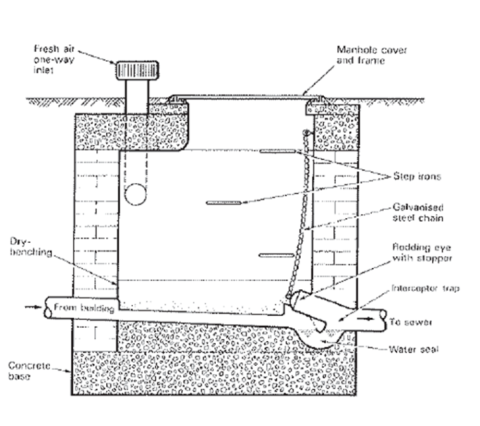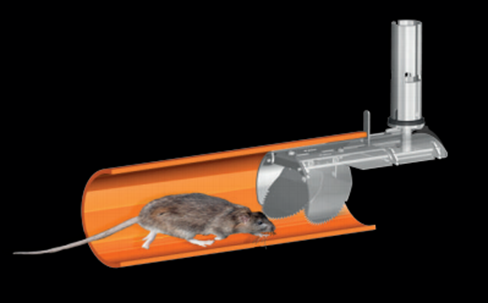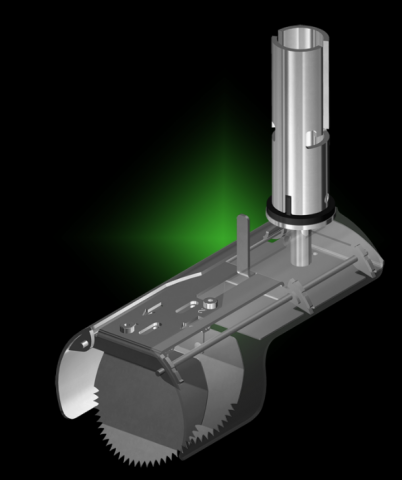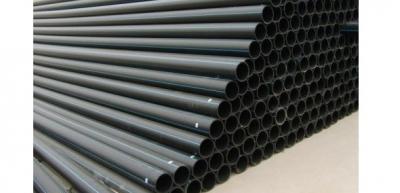Rodent control: are we doing enough to prevent pest entry?
The internet seems full of pictures of giant rats in London sewers and there is a saying that we are never more than 6ft away from one, but should we be doing more to limit or restrict their spread?
Pest entry into premises can range from acceptable seasonal issues such as insects in the summer, through nuisance and fouling due to birds, to insect and rodent entry which can cause damage and disease.
Rodent infestation can cover infestation by rats, mice and squirrels.
However, when considering foul drainage, rat infestation seems to be the most common issue. While the spread of diseases such as salmonella and Weil's disease tends to be the first thought when considering rodent control, rodents can also be responsible for tapeworm and physical damage to buildings from the gnawing of materials, and in some cases localised subsidence from burrowing activities.
Issues of rodent control have increased with warming weather, an increase in refurbishment of brown field site developments, and issues around waste disposal.
Rodent control, and the control of the damage and diseases they cause is within the basic tenet of safety and welfare that Building Regulations and the Building Act covers. Paragraph 2.22 of Approved Document H in England and Wales gives guidance on rodent control measures.
Several steps can be taken to help prevent rodent entry, however they are not always appropriate in all situations.
In the first instance information needs to be obtained to see if a site is subject to rodent infestation.
Consult the Local Authority Environmental Health department who will normally be able to advise if they are aware of any issues and if you need to take steps on site.
How to prevent invasions by rodents
There are several effective means of limiting rodent infestation such as; an eradication programme, taking foundations down below the burrowing zone of rodents, tightly fitting doors, rodent-proof letterboxes, to name but a few.
But these fall outside the scope of the requirements relating to drainage.
For this, consider the following provisions:
- Capping off redundant drains. Seems obvious but needs to be undertaken with robust material, such as concrete, to prevent the rodents breaking through.
- Provide a water seal on sewer connection. (Buchan or interceptor trap) as shown in Figure 1 (Hall & Griggs, 1990). These can act as a deterrent as rats will avoid water but will require access for maintenance and cleansing as they are prone to blockage and bungs breaking and giving a ‘by-pass’ to the trap.
- Provide ‘sealed system’ access points, as shown in Figure 2. (Hall & Griggs, 1990) These remove the dry refuge for rats as water flows through the pipe and prevent them finding dry nesting sites.
- Provide robust ‘one way’ valves that prevent access but ensure continued adequate flow of drainage.
- Provide anti climb soil pipes. These have internal fins that impede rodent access.
- Provide waste pipes that do not allow light entry to the drainage system. This can be an issue for some flexible connectors, but the light is thought to attract rats
- Provide metal vent caps to the head of soil vent pipes.
- Ensure that drains passing into buildings are either installed as ‘rocker pipes’ to protect them passing through the wall or if passes through a wall and lintelled over the openings should be masked with robust material.
- Waste pipes going to gullies discharge below the water level and are protected by robust covers.
- Provide fixed covers.
Further information
Image at top of page courtesy of Wikipedia
Please Note: Every care was taken to ensure the information was correct at the time of publication. Any written guidance provided does not replace the user’s professional judgement. It is the responsibility of the dutyholder or person carrying out the work to ensure compliance with relevant building regulations or applicable technical standards.
This article was updated on August 2024
Sign up to the building bulletin newsletter
Over 48,000 construction professionals have already signed up for the LABC Building Bulletin.
Join them and receive useful tips, practical technical information and industry news by email once every 6 weeks.
Subscribe to the Building Bulletin








Comments
Ychwanegu sylw newydd